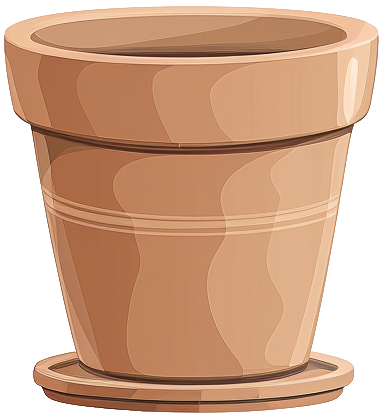
ceropegia woodii'remy'
Care level
Medium
This trailing plant features small heart-shaped to triangular leaves that are solid green in color with no variegation. It grows quickly and maintains consistent characteristics across generations, making it distinct from other varieties in the same family.
Care & maintenance
Light
Bright light, usually located near windows but doesn't receive direct rays for more than an hour during the day.
Temperature
Wide range (50°F - 86°F)
Fertilization frequency
Low
Once per season.
Soil
Choose a Succulent and cactus mix: A well-draining blend with coarse texture. Promotes root health by preventing water-logging and mimicking arid natural habitats.
If you want to create your own substrate, you can make a mixture of the following soils:
Click on the soil name for more information.
Pot

Standard size
Prefer a pot with a classic width/depth ratio.
Incorrect or incomplete information?
In our goal of building the best plant database, we sometimes make mistakes or have incomplete information. You can help us fill these gaps!
Features
Size & growth
Small
Trailing
Moderate growth
This plant grows at a moderate rate. It can reach up to 12 inches in height or spread.
It spreads horizontally, often along the ground.
Toxicity
| Human | |||
|---|---|---|---|
| Cat | |||
| Dog |
Reproduction & propagation
Fruits & flowers
Flowering & not self-pollinating
The ceropegia remy can produce flowers and therefore fruits.
This plant is not capable of self-pollination, it will not be able to produce fruits if it is not pollinated by another individual.



